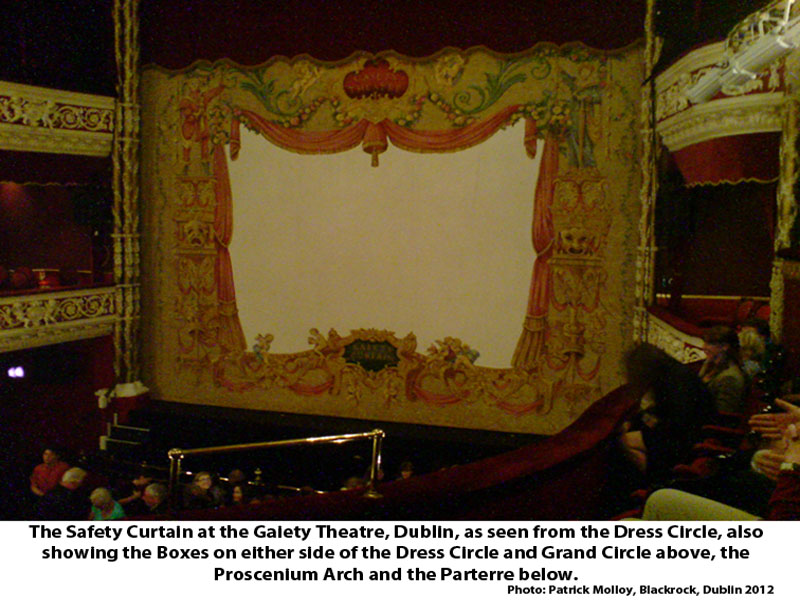House Tabs
House Tabs. That large drapery which hides the stage from the audience, also referred to as the House Curtain, the Curtain, the Tabs.
Curtain Line
Curtain Line. An imaginary line that runs across the stage where the curtain, house curtain, House Tabs fall and touch the stage floor.
Dock
Dock. The Dock is an area at the rear or side of stage where scenery is stored when not in use, it is also where materials such as scenery, props, equipment are loaded to and from the delivery trucks, it is also referred to as the Scene Dock.
Down Stage
Downstage is that part of the stage closest to the audience.
Elevator Stage
Elevator Stage this is a type of stage with sections that can be raised and lowered mechanically, these are also called lifts
Lifts
Lifts, Stage Lifts this is a type of stage with sections that can be raised and lowered mechanically, also called an Elevator Stage.
Stage Screw
Stage Screw is a large screw with a hand grip for fixing braces to the stage floor.
False Proscenium
False Proscenium, this is an inner frame set back behind the Proscenium Arch to reduce the size of the opening. It may also be a feature of the Designer’s presentation of the set and can also be used to hide lighting.
Safety Curtain

The Safety Curtain or Fire Curtain is a heavy steel clad fire proof curtain that in an emergency can be dropped in along the front of the stage to seal the stage and back-stage areas from the auditorium and front of house areas in the Theatre. It is some times referred to as the Iron. […]
Bar
Bar or Barrel. A horizontally flown bar (scaffold bar outside diameter 48mm) from which scenery, drapes, lighting and other pieces of equipment is hung/suspended
